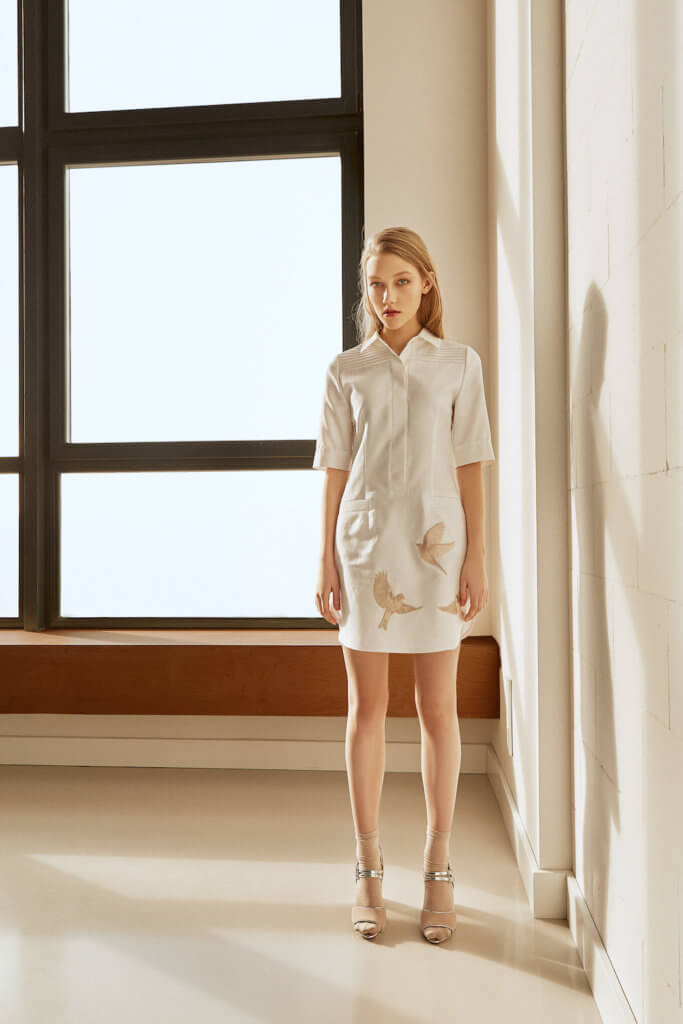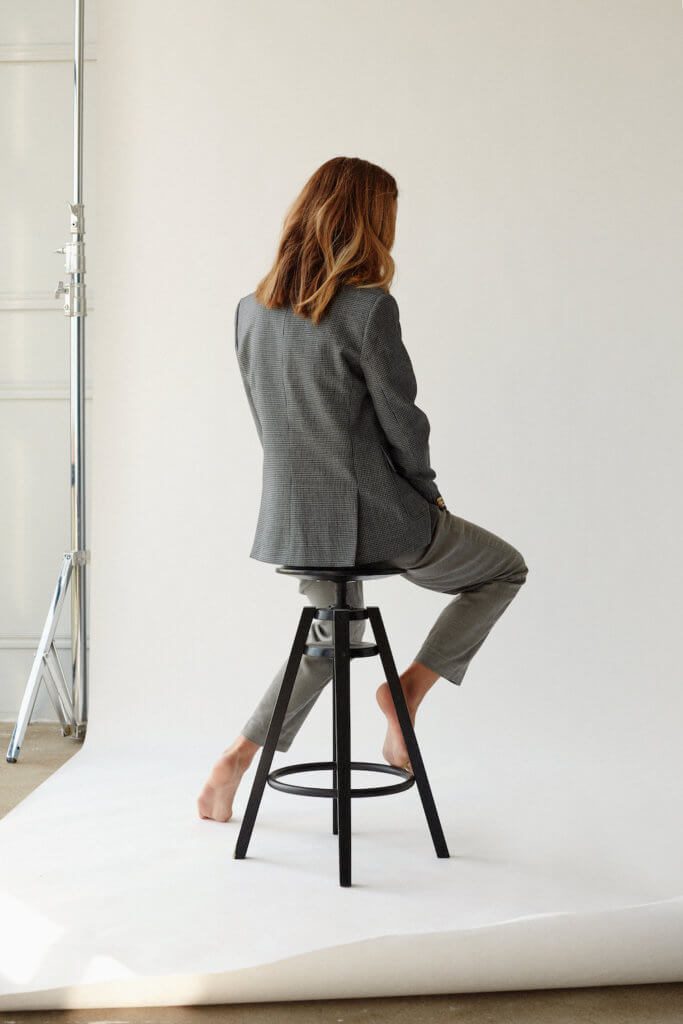Culture is an elusive word.
It seems to be deeply personal, intimate and yet collective at the same time, since shared by a group of people with the same mindset. Culture informs many of our gestures – big and small – everyday, from our speaking mannerisms to the clothes we choose to wear.
When founding House of Faige, we were guided by a strong aspiration to contribute to the cultural sphere and emphasize fashion’s role in it.
Choosing what we wear is an intellectual exercise – if we put actual effort into it. In many cases, fashion is still perceived as shallow, and being interested in its subtleties still has to be justified.
The fast way in which fashion is created – and instantly consumed – may be one of the reasons for it. With no awareness, no responsibility and interest into the actual creation process, we are acting as ignorant buyers. This stance feels foreign to us.
We believe that sartorial choices shouldn’t be accidental.
While musing on the topic, we were thinking about our parents, grandparents, and even older generations, whose daily wear had nothing speedy or particularly “trendy” about it.
We were thinking about their clothes, which reflected traditions, virtues and nuances of the times they lived in. We were also thinking about modern day people, who care deeply about their shopping decisions and are looking for experience rather than a single product – not out of vanity, but simply because having a lot of items isn’t in their interest.
There’s no incongruity between what one is wearing and who one is.
From the cultural standpoint, we also wanted to create something long-lasting that would change how Lithuanian community perceives fashion – not as something exotic, a foreign phenomena created only in Paris or Milan, but as a creative exercise which can be perfectly handled and presented locally, combining different European traditions. For that end, we decided to hire the most meticulous craftsmen, choose only the best fabrics, and work with professional designers.
What kind of qualities must a particular piece of the wardrobe possess in order to become a proud hand-me-down, passing from one generation to another (be it a dress or a pair of gloves)?
When do clothes become an integral part of our day-to-day experiences, instead of being mere decoration? How can different choices of materials and textures assure sophistication and longevity? Is there a big difference between everyday basics (a body caressing, good quality cotton shirt) and the formal wear chosen for the most precious of occasions?
Shouldn’t both feel effortless and liberating to wear?
These are the most important questions we asked ourselves before launching the brand.
Clothes, stripped off artificiality and unnecessary fanfare, made of carefully sourced materials, with a touch of lightness to it – these were only some of the elements we came up with.
A summer dress, a trench coat, a cashmere sweater or a leather pouch may be the most basic elements of the wardrobe, but they are the most difficult to execute flawlessly.
Versatility, comfort and elegance are the keywords in creating luxury that is not staged.
And this is how we began…

